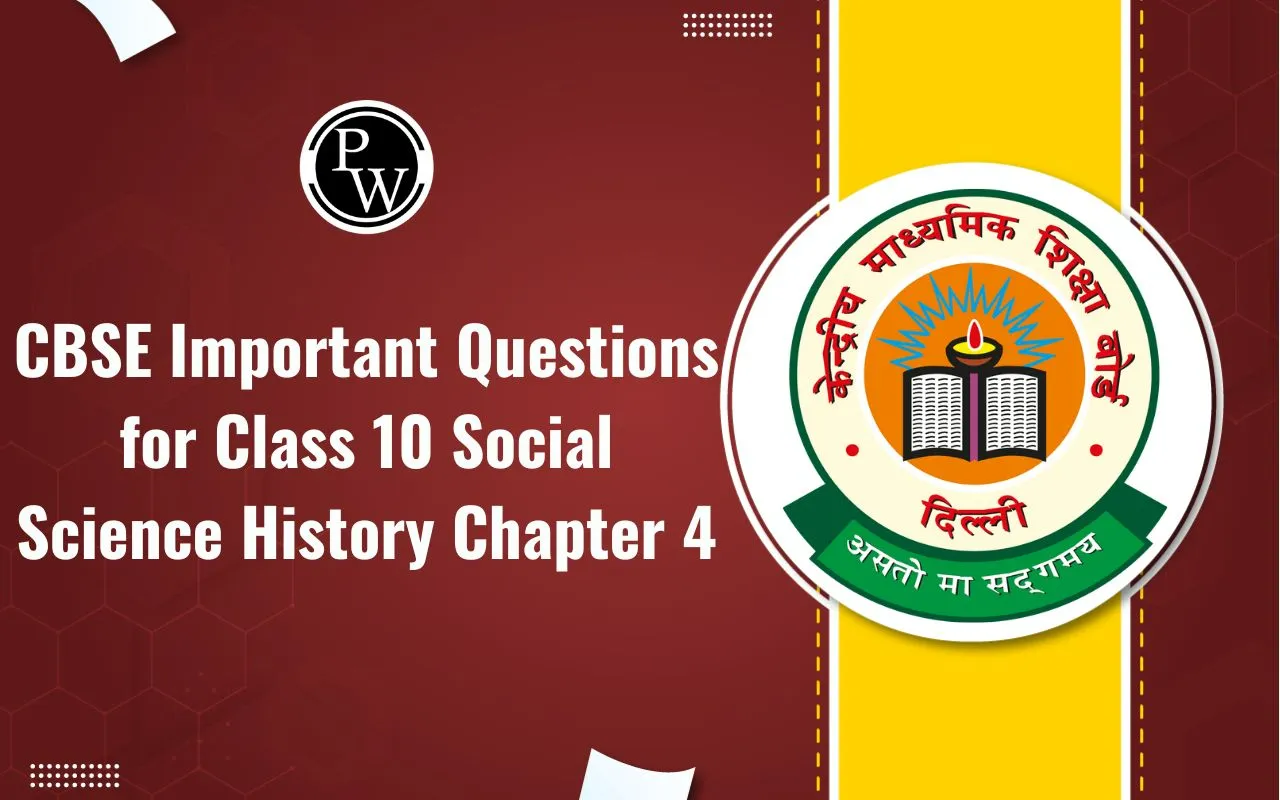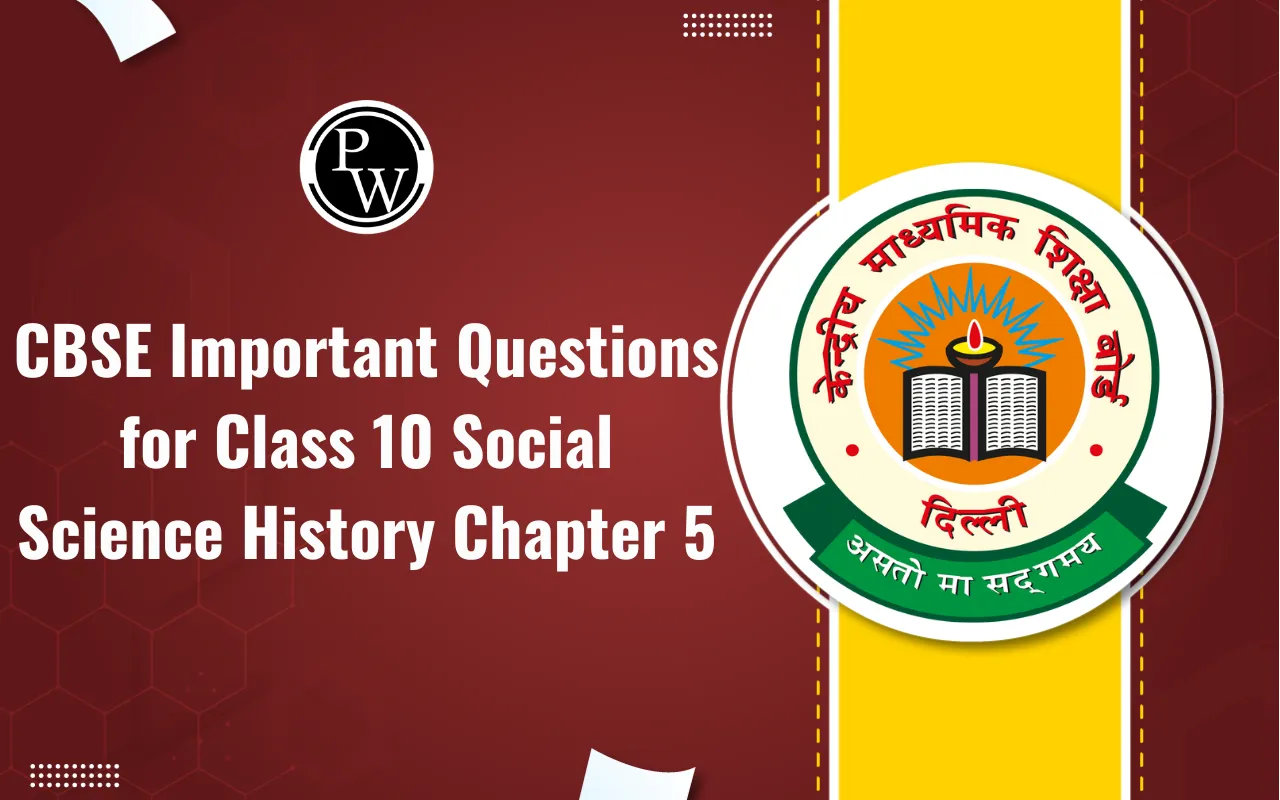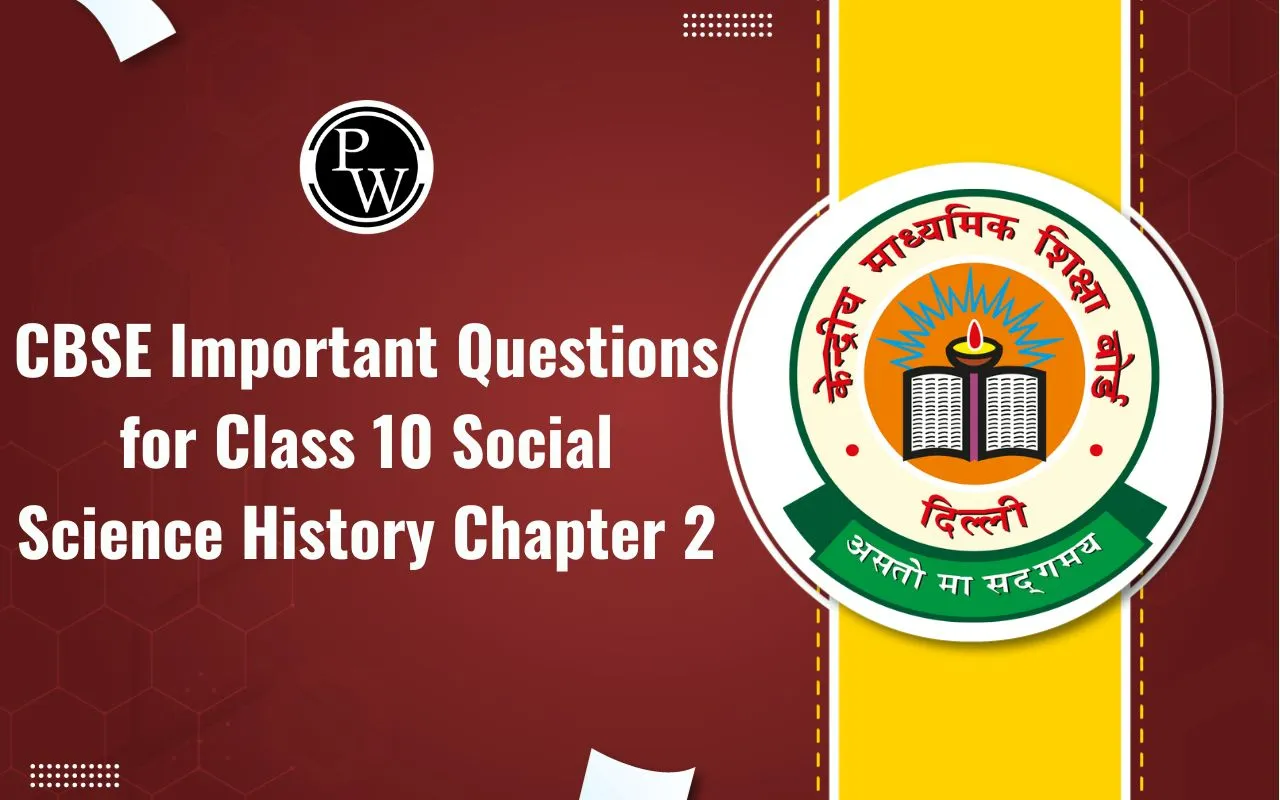
Copper , a typical transition metal, is widely utilized in various industries to create alloys used in everyday essential products that are commercially viable. In Chemistry, its chemical formula is Cu, which belongs to the transition metal group on the periodic table with an atomic number of 29. Known for its malleability and ductility, copper has a pinkish-orange fresh surface when newly exposed. It is an excellent conductor of electricity with high thermal conductivity, making it a popular metal choice for electric wiring. Different copper alloys such as sterling silver, cupro-nickel, and constantan are utilized in jewelry-making, coin production, marine hardware, and temperature measurement through thermocouples and strain gauge materials. Below is an illustration of copper in its raw metallic form. It is a soft, malleable, and ductile metal, making it an important 3building material and component of various metal alloys.
Because copper is one of the few metals that occur in nature in a metallic form that can be directly usable, early humans were able to use it for this reason. In addition to occurring naturally throughout the environment- water, air, soil, and rocks- copper is a crucial element for animals and plants, essential for their survival.
Derivation of Copper Chemical Formula
On the periodic table, copper has the symbol Cu. It can be represented in a variety of formulas by combining it with other elements or radicals, such as CuSO4. Copper has an atomic number of 29.
Physical Properties of Copper
As part of group 11 of the periodic table, copper, gold, and silver all have one s-orbitol electron above a d-electron shell that is filled. Moreover, these metals are extremely ductile and contribute little to interatomic interactions because of the filled d-shells.
In copper, metallic bonds lack covalent character and are relatively weak compared to metals with incomplete d-shells, which are dominated by s-electrons.
It is widely known that copper is a soft element by nature, which partly explains its high thermal and electrical conductivity. In fact, copper has the second-highest electrical and thermal conductivity of all pure metals at room temperature.
This is due to the fact that resistivity to electron transport in soft metals is primarily caused by electrons scattering on the lattice's thermal vibrations.
There are only a few metallic elements that have a color other than silver or gray, and pure copper has a bright orange-red color, which tarnishs reddish after exposure to air. Moreover, the color of copper is due to the electronic transition of a filled 3D atomic shell and a half-empty 4S atomic shell.
Due to the energy difference between these shells, the orange color resulted. Also, galvanic corrosion occurs when copper comes into contact with another metal.
Also Check – Elevation of Boiling Point Formula
Chemical Properties of Copper
In addition, copper does not react with water when it is in contact with it. Further, copper forms a brown-black copper oxide layer as a result of its slow reaction to atmospheric oxygen. In contrast to rust that forms on iron in moist air, this layer protects the underlying metal from corrosion (passivation) by its brown-black color.
A green layer of verdigris (copper carbonate) exists on old copper structures, such as many older buildings and structures. When copper is exposed to sulfur compounds, it tarnishes. Consequently, copper reacts with sulfur compounds to form copper sulfides.
Also Check – Ammonium Nitrate Formula
Uses of Copper
In addition, copper paints are applied to boat nulls to control the growth of plants and shellfish. Copper is also used as a nutritional supplement and fungicide in agriculture.
Copper Formula FAQs
Q1. What is the chemical formula of copper?
Q2. What is the atomic number of copper?
Q3. What are the common oxidation states of copper?
Q4. Why does copper turn green over time?
Q5. What are some common uses of copper in everyday life?









